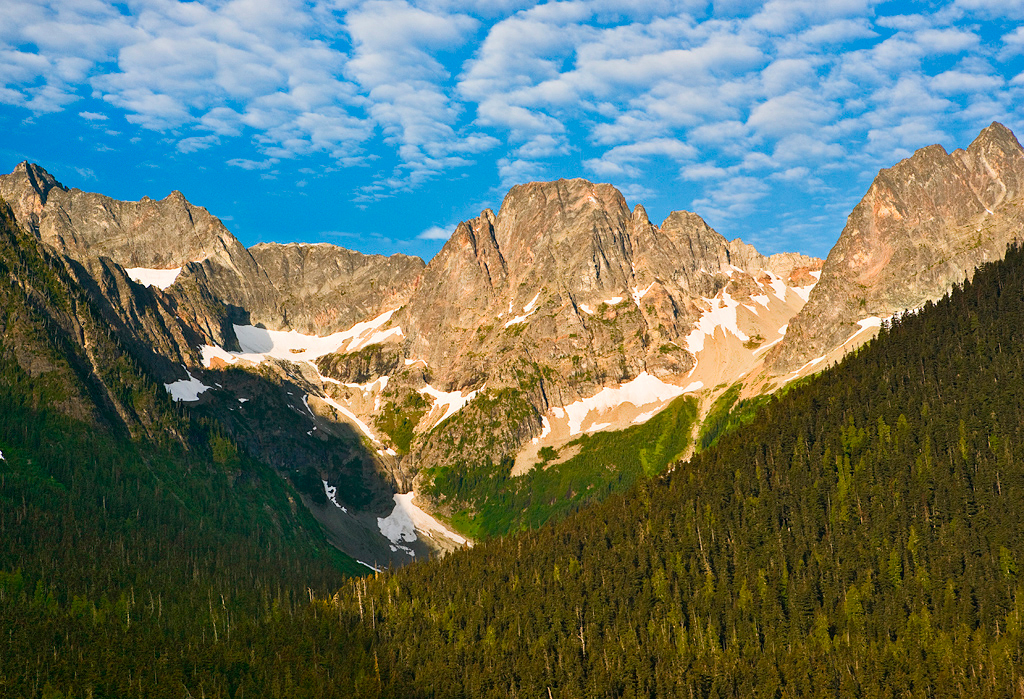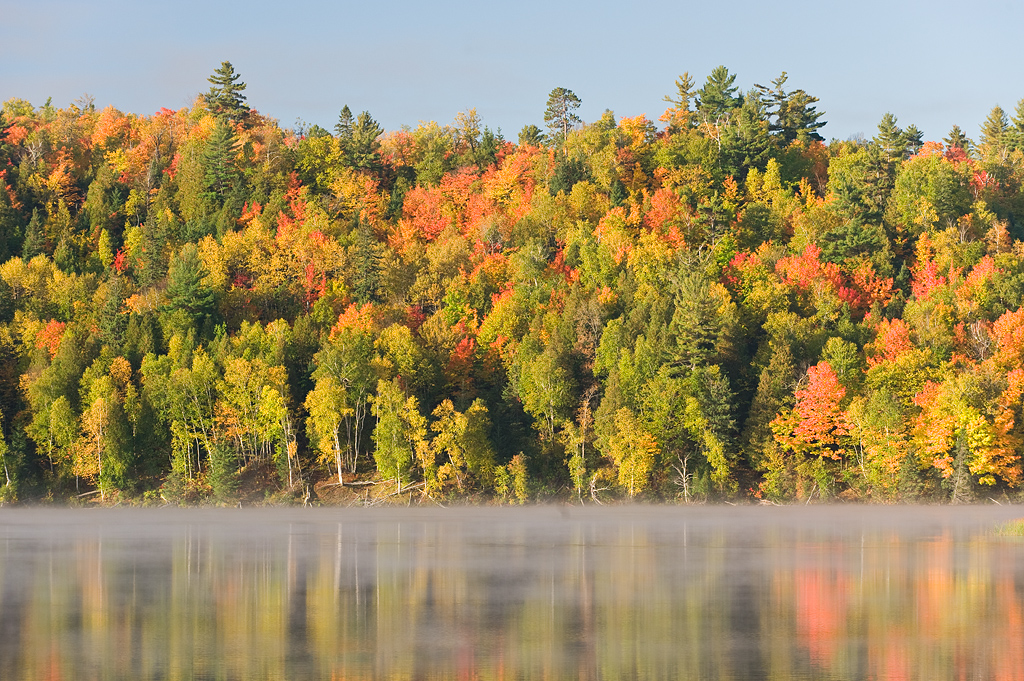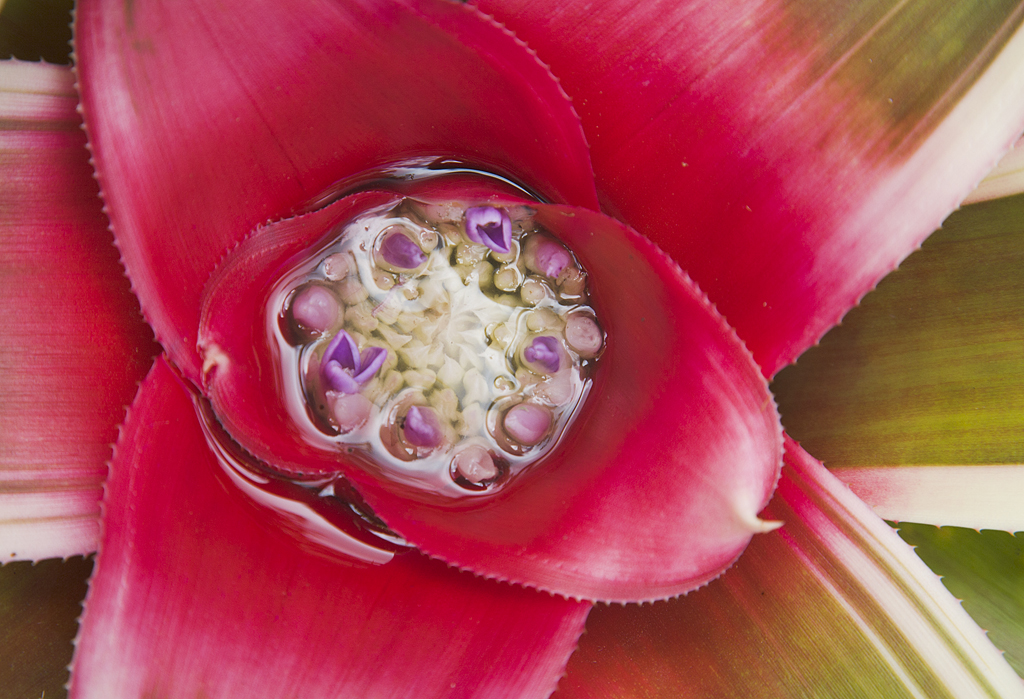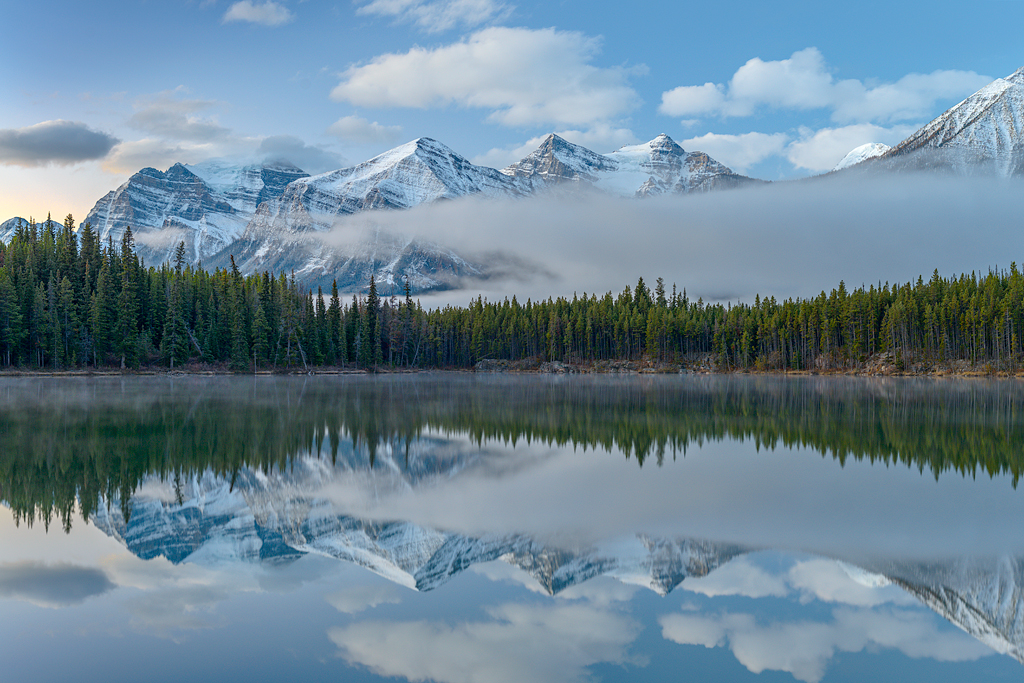Editor’s note: This is an updated article on polarization that E.J. originally wrote for the Singh-Ray blog several years ago. The spring and summer are definitely times you want to have your polarizer with you, so we thought this might be helpful.
Polarizing filters are one of the most misunderstood areas of photography that I encounter while teaching and moderating online technical forums on photography. It seems that only flash photography is more misunderstood in my classes and workshops. There are numerous misconceptions about how polarizers work, when to use them and how to use them. My hope is that this article will help demystify this most useful of filters so that photographers get the most out of their investment and produce many more beautiful pictures.
Before we can talk about their use, lets first take a look at light and how a polarizer affects it. Naturally occurring light and most sources of artificial light is composed of waves that radiates outward in all directions. When these outward radiating waves are aligned into one or more planes, the light is polarized. In a photograph taken without a polarizer, reflections such as those off of a wet leaf are scattered (unpolarized) resulting in a glare that reduces color saturation and the ability to record the underlying detailed structure of the leaf. Similarly as the sun shines through all of the particulate in the atmosphere, the light is scattered in all directions resulting in an effect similar to a light fog filter that scatters light and thereby reduces color saturation.
When we put a polarizer on the front of our lens (or behind it in the case of some super telephoto lenses), we now have a tool that can align the light into a plane and reduce the scatter of light reaching the sensor or film plane. A polarizer does this through the use of a chemical compound coating on glass that has molecules that are naturally aligned in parallel to each other. This has the effect of only allowing light oriented in the plane that is parallel to the molecules orientation to pass through this coating, thereby, eliminating the glare caused by all of the light that isn’t aligned to that plane.
What I have described above is a linear polarizer similar to that used in polarized sunglasses. These work very well at polarizing the light and increasing color saturation but can fool automatic focus and/or metering systems that work off of beam splitters which, by their very nature, are polarizing. If the light hitting the beam splitter (usually embedded in the mirror) is not polarized in the same direction as the beam splitter, it sees little or no light and therefore it cannot autofocus or meter accurately.
The solution to this is another layer behind the polarizing layer that essentially removes the polarization. Since the offending light from the scene that you are photographing has already been filtered out, this is not an issue and does not significantly degrade the image. Such a filter is called a Circular Polarizer (CPL FILTER). High quality polarizing filters such as those produced by Singh-Ray have other coatings, as well, to reduce flare and other undesirable side effects caused by adding glass to the front of your lens. Additionally these filters are then placed in a filter ring that allows this piece of glass with all of its coatings to be rotated to allow the photographer to vary the effect of polarization.
Now that we have a rudimentary understanding of how a polarizing filter works, we need to consider when and how to use them. Many photographers I run into or attend my workshops and classes only have a partial understanding of this. Many also think a polarizer exists only to darken a blue sky. While this is certainly one use for polarizers, it is most definitely not the only use and in my photography it is probably secondary to using them to remove glare and reflections off of wet or reflective surfaces. Polarization of the sky to increase the color saturation of blue or to darken the sky is certainly one of the primary uses of polarizers though. Polarizers are most effective at doing this when the camera is pointed 90 degrees away from the sun. For example, with the sun rising in the East, maximum polarization can only be achieved if the camera is pointed North or South.
This poses a problem for wide angle lenses, especially those that are 28mm or wider (assuming a full frame 35mm equivalent camera). With these lenses, due to their wide angle of view, parts of the photo can be at a dramatically different angle to the sun than other parts. Let’s look at an extreme case where we are photographing a blue sky scene with a 14mm lens on a full frame camera such as a Nikon D810, Sony a7 series, or Canon EOS 1Dx or 5D series. On such a camera, a 14mm lens will give you a 104 degree angle of view. Even at sunrise with the sun rising in the east and the camera pointing south, the left corner of the frame will only be 38 degrees from the sun and the right side of the frame will be 142 degrees away from the sun. In this case polarization will be most effective in the center of the frame since we are pointing due south. At maximum polarization the sky will be very dark in the center and getting lighter towards the sun.

North Cascades Range – North Cascades National Park, Washington. In this scene I first photographed it with maximum polarization resulting in a very dark spot in the upper left. By backing off the polarization, I was still able to achieve very nice color saturation with a much less noticeable darkening of the sky. This was a situation where the camera was pointed about 120 degrees from the sun. The focal length I used resulted in an angle of view of about 60 degrees. So the left edge of the frame was 90 degrees to the sun, the point of maximum polarization. An additional effect of over polarizing, difficult to see here, is that the added contrast blocked up detail in the shadowed trees a bit more in the over polarized shot.
 This could look natural in the case of a sunrise but it will also get brighter to the right which is away from the sun. This looks very unnatural and turns many photographers off from using polarizers. The effect will vary from left to right depending on the direction that you point your camera. If we modify the example a little and take a shot with the camera pointed to the southeast or 45 degrees away from the sun. With the 14mm lens in the example we will now actually include the sun in the left of the frame where there will be zero polarization. The right of the frame will be to the south where maximum polarization occurs. At higher elevations this would have the effect of a white sky on the left and a nearly black sky on the right side of the frame. This may be the artistic effect you are looking for but it is certainly not natural looking. While this is an extreme case since we used a very wide 14mm lens, the effect can be seen even at 28mm especially at higher elevations. There are of course simple solutions to this.
This could look natural in the case of a sunrise but it will also get brighter to the right which is away from the sun. This looks very unnatural and turns many photographers off from using polarizers. The effect will vary from left to right depending on the direction that you point your camera. If we modify the example a little and take a shot with the camera pointed to the southeast or 45 degrees away from the sun. With the 14mm lens in the example we will now actually include the sun in the left of the frame where there will be zero polarization. The right of the frame will be to the south where maximum polarization occurs. At higher elevations this would have the effect of a white sky on the left and a nearly black sky on the right side of the frame. This may be the artistic effect you are looking for but it is certainly not natural looking. While this is an extreme case since we used a very wide 14mm lens, the effect can be seen even at 28mm especially at higher elevations. There are of course simple solutions to this.

Jay Cooke State Park – Minnesota. A cold fall morning along the shores of Lake Superior can create quite a bit of moisture in the air, which robs the scene of color saturation. The top shot is slightly polarized, the bottom is fully polarized. By polarizing this scene we have accomplished three things. First, polarization took glare off of the beautifully colored leaves leaving more deeply saturated yellows and reds. Second, it cut through some of the fog increasing contrast. this may or not be desirable, depending on the mood you are trying to achieve. Finally by polarizing the light scatter in the sky, the sky has become a deeper blue.
 Most photographers get frustrated with this and just take off the polarizer and often it doesn’t make it back out of the camera bag. The other solution is to simply turn the polarizer so that the effect isn’t seen. Many photographers I have worked with believed that the proper way to use a polarizer is to look through the viewfinder and turn the polarizer until the sky is as dark as it can be. This is simply not the case. Turn the polarizer to get the most desirable effect in the viewfinder or even on your Live View screen. By doing this, the dark spot can be eliminated and in some cases you can still get some polarization effects before the dark spot is noticeable. At higher elevations, the effect of polarization can be quite dramatic as there is less light scatter due to the sun shining through significantly less atmosphere and fewer atmospheric pollutants and particulates. This is another time you will want to back off on the polarization a bit or risk a blackish and unnatural looking sky.
Most photographers get frustrated with this and just take off the polarizer and often it doesn’t make it back out of the camera bag. The other solution is to simply turn the polarizer so that the effect isn’t seen. Many photographers I have worked with believed that the proper way to use a polarizer is to look through the viewfinder and turn the polarizer until the sky is as dark as it can be. This is simply not the case. Turn the polarizer to get the most desirable effect in the viewfinder or even on your Live View screen. By doing this, the dark spot can be eliminated and in some cases you can still get some polarization effects before the dark spot is noticeable. At higher elevations, the effect of polarization can be quite dramatic as there is less light scatter due to the sun shining through significantly less atmosphere and fewer atmospheric pollutants and particulates. This is another time you will want to back off on the polarization a bit or risk a blackish and unnatural looking sky.
Perhaps my most prolific use of polarization is to remove sheen from vegetation and rocks. It’s not just the atmosphere that scatters light; wet uneven surfaces also can scatter light, thereby reducing color saturation dramatically. Waterfalls, leaves, and just about anything non-metallic that reflects light creates light scatter that reduces color saturation. By using a polarizer when photographing these sorts of things, you can really give your photo a nice color pop by using a polarizer. And in the case of waterfalls, the one and a half to two stop reduction in light coming in and the resultant longer shutter speed can often result in a more veiled look to the water as an added bonus (for a more dramatic veiling effect, try a neutral density filter). Adjusting the polarizer in these situations is done visually. Just turn the polarizer until you see the color saturation that you like best. With vegetation this is generally at the maximum polarization point. With waterfalls, the temptation to maximize polarization is always there but sometimes this can have the effect of making some water that is flowing over rocks to disappear. You may want to back off just a little in that situation by turning the polarizer a bit.

Ohia Lehua Flower – Maui, Hawaii. Taken just after a rain squall, this shot simply would not have been possible without a polarizer due to the wet reflections. The polarizer removed the wet reflections from the petals while still clearly depicting the water inside the flower.
Another common mistake I see photographers making with polarizers is over polarizing a scene where there is a reflection in a lake. Imagine sitting in the early morning at the edge of a totally calm alpine lake with a beautiful snow-capped mountain reflecting in the lake. Too often a photographer will dial in maximum polarization in this case. But this actually has the effect of reducing the reflection in the lake substantially. By backing off a bit on the polarization, one can still get a darkening of the sky and a reduction in reflections off of wet rocks without removing too much of the beautiful reflection.

By not dialing full polarization I was able to maintain a very nice reflection in the water but still to saturate the colors of the foliage to some degree. The polarizer also allowed me to shoot with a slower shutter speed without having to stop the lens down too much and smoothing out any minor ripples in the water.
In summary, a polarizer is a piece of glass with two primary coatings, one that polarizes the light entering the camera to eliminate light scattering caused by light that radiates outward in all directions and another that then removes the single plane nature of the polarized light so that metering and autofocus systems aren’t affected. These coatings increase color saturation by removing light scattering from non-metallic surfaces and the sky.
I have described polarizers, how they work, and how to use them in some common situations. My examples were all nature photography examples since this is the type of photography that I do but the same holds true for many other types of photography. Try taking a photograph of your car and vary the polarization, you can see some dramatic effects. As you will see, due to the complex lines of most cars, there is no one “right” polarizer setting but rather that the polarizer is a creative and artistic tool in your photographic equipment toolbox. My Singh-Ray LB Neutral Polarizers spend the majority of their time mounted to my landscape photography lenses and I adjust the setting to get the most aesthetically pleasing effect to my eye.
Copy and photos ©2010-2016 E.J. Peiker, Nature Photographer






